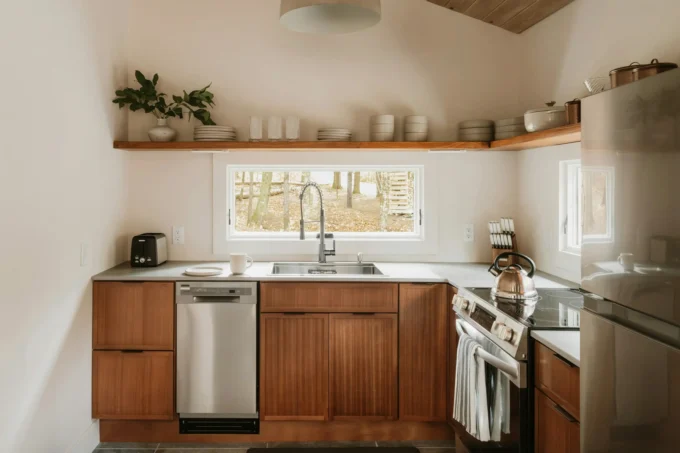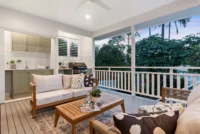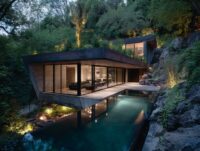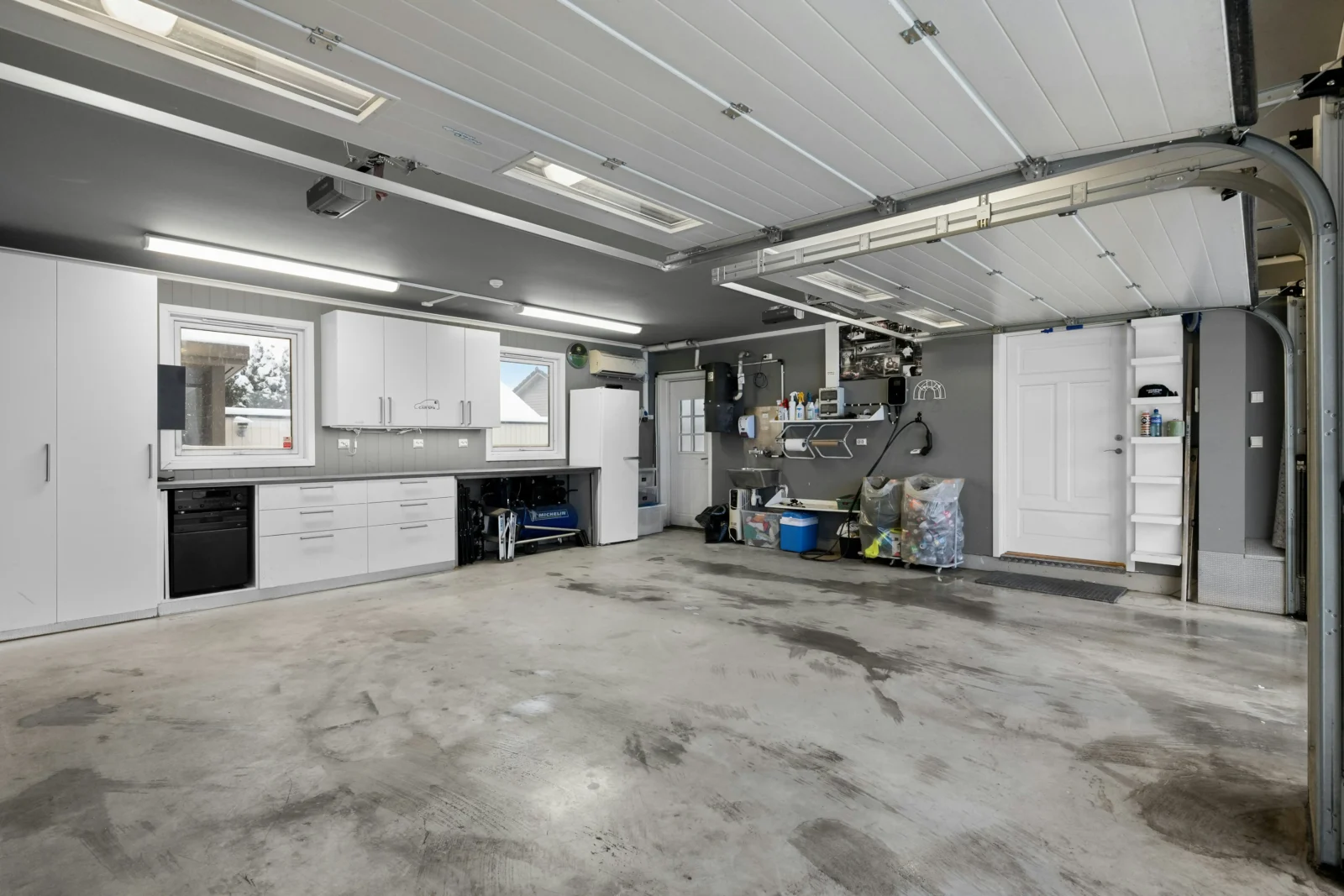- Home
- Articles
- Architectural Portfolio
- Architectral Presentation
- Inspirational Stories
- Architecture News
- Visualization
- BIM Industry
- Facade Design
- Parametric Design
- Career
- Landscape Architecture
- Construction
- Artificial Intelligence
- Sketching
- Design Softwares
- Diagrams
- Writing
- Architectural Tips
- Sustainability
- Courses
- Concept
- Technology
- History & Heritage
- Future of Architecture
- Guides & How-To
- Art & Culture
- Projects
- Interior Design
- Competitions
- Jobs
- Store
- Tools
- More
- Home
- Articles
- Architectural Portfolio
- Architectral Presentation
- Inspirational Stories
- Architecture News
- Visualization
- BIM Industry
- Facade Design
- Parametric Design
- Career
- Landscape Architecture
- Construction
- Artificial Intelligence
- Sketching
- Design Softwares
- Diagrams
- Writing
- Architectural Tips
- Sustainability
- Courses
- Concept
- Technology
- History & Heritage
- Future of Architecture
- Guides & How-To
- Art & Culture
- Projects
- Interior Design
- Competitions
- Jobs
- Store
- Tools
- More
How to Plan for a Pool That Matches Your Home and Lifestyle

A swimming pool is more than just a backyard feature—it’s a lifestyle enhancement. Whether you envision a serene retreat or a hub for family fun, careful planning ensures your pool complements your home and meets your needs. From selecting the right design to adding features, creating the perfect pool is about balancing aesthetics, functionality, and personal preferences. Here’s how to plan a pool that suits your home and lifestyle.
Table of Contents
ToggleAssessing Your Space and Requirements
The first step in planning a pool is evaluating your outdoor space and considering your specific needs. The size and layout of your yard play a significant role in determining the pool’s dimensions and shape. For example, a compact backyard may call for a smaller, geometric pool, while a sprawling property can accommodate larger, freeform designs.
Think about who will use the pool and how. Will it be a place for relaxing and entertaining adults, or do you envision it as a play area for children? Identifying your priorities—whether it’s exercise, leisure, or family fun—helps guide design choices and ensures the pool aligns with your lifestyle.
Choosing the Right Design
Pool design should harmonize with your home’s architecture and landscaping. Modern homes often pair well with sleek, rectangular pools, while traditional or Mediterranean-style properties might benefit from curves and more intricate details.
Materials and finishes also impact the pool’s overall look. Natural stone or pebble finishes create a rustic feel, while tile and polished surfaces lend a contemporary vibe. Surrounding elements, such as decking and lighting, should complement the pool and enhance its functionality. Incorporating features like infinity edges, waterfalls, or tanning ledges can add visual interest and elevate your pool’s appeal.

Incorporating Fun and Functional Features
To maximize enjoyment, consider adding features that enhance your pool’s functionality and entertainment value. For families, elements like shallow splash zones or pool water slides provide endless fun for kids. Fitness enthusiasts might prefer a lap lane or swim jets for exercise, while those seeking relaxation could opt for built-in seating or a spa.
Don’t forget practical additions such as pool covers, heating systems, or automated cleaning tools. These features improve convenience and extend the usability of your pool throughout the year. By blending fun and function, you can create a pool that satisfies everyone in the household.
Aligning with Local Regulations and Climate
Every location has specific regulations governing pool construction, including zoning laws, safety requirements, and building permits. Before finalizing your plans, consult with local authorities or a professional pool contractor to ensure compliance.
Climate considerations also influence design decisions. In warmer regions, pools may need shade structures or landscaping to reduce sun exposure, while cooler climates might benefit from heating systems or enclosures to extend the swimming season. Tailoring your pool to the local environment ensures comfort and practicality.
Budgeting for Your Dream Pool
Building a pool is a significant investment, so establishing a clear budget is crucial. The cost depends on factors such as size, materials, features, and additional landscaping. For instance, custom designs with advanced features like waterfalls or intricate lighting can increase expenses but also add significant value to your property.
Maintenance costs should also be part of your financial planning. Regular cleaning, chemical treatments, and potential repairs are ongoing expenses to account for. Discussing your budget with a pool contractor helps prioritize features and ensures your vision aligns with your financial goals.

Enhancing Your Outdoor Living Space
A well-designed pool can transform your backyard into a cohesive outdoor living area. Consider integrating spaces for lounging, dining, or cooking around the pool. Features like pergolas, outdoor kitchens, or fire pits enhance usability and create a resort-like atmosphere.
Landscaping is another critical aspect of pool planning. Thoughtful placement of plants, trees, and hardscaping elements not only beautifies the area but also provides privacy and shade. Opt for low-maintenance plants that thrive in your climate to keep upkeep manageable.
Working with Professionals
Partnering with experienced professionals ensures a smooth pool-building process. Pool designers and contractors bring expertise in creating functional and visually appealing pools that meet safety standards. They can also recommend features and materials that align with your vision and budget.
Take the time to research and interview potential contractors, reviewing portfolios and client testimonials. Clear communication about your goals, preferences, and budget is essential for achieving the desired results.
Planning a pool that matches your home and lifestyle requires thoughtful consideration of design, features, and practicality. By assessing your space, aligning it with your personal needs, and working with skilled professionals, you can create a stunning pool that enhances your outdoor living experience. Whether it’s for relaxation, exercise, or family fun, a well-planned pool will provide years of enjoyment and add lasting value to your property.
Submit your architectural projects
Follow these steps for submission your project. Submission FormLatest Posts
Exterior Enhancements That Turn Every Entrance Into A Showcase
The front of a home sets expectations before anyone touches the handle....
Are Organic Bamboo Sheets Worth the Investment?
When it comes to getting a good night’s sleep, the quality of...
Converting Garages to Living Spaces: Structural Changes That Require Professional Engineering
When considering a garage conversion to extend your home’s living space, understanding...
A Beginner’s Guide to Architectural Details
Architectural details explained for beginners: clear terms, key joints, proportions, climate-smart specs,...












Leave a comment